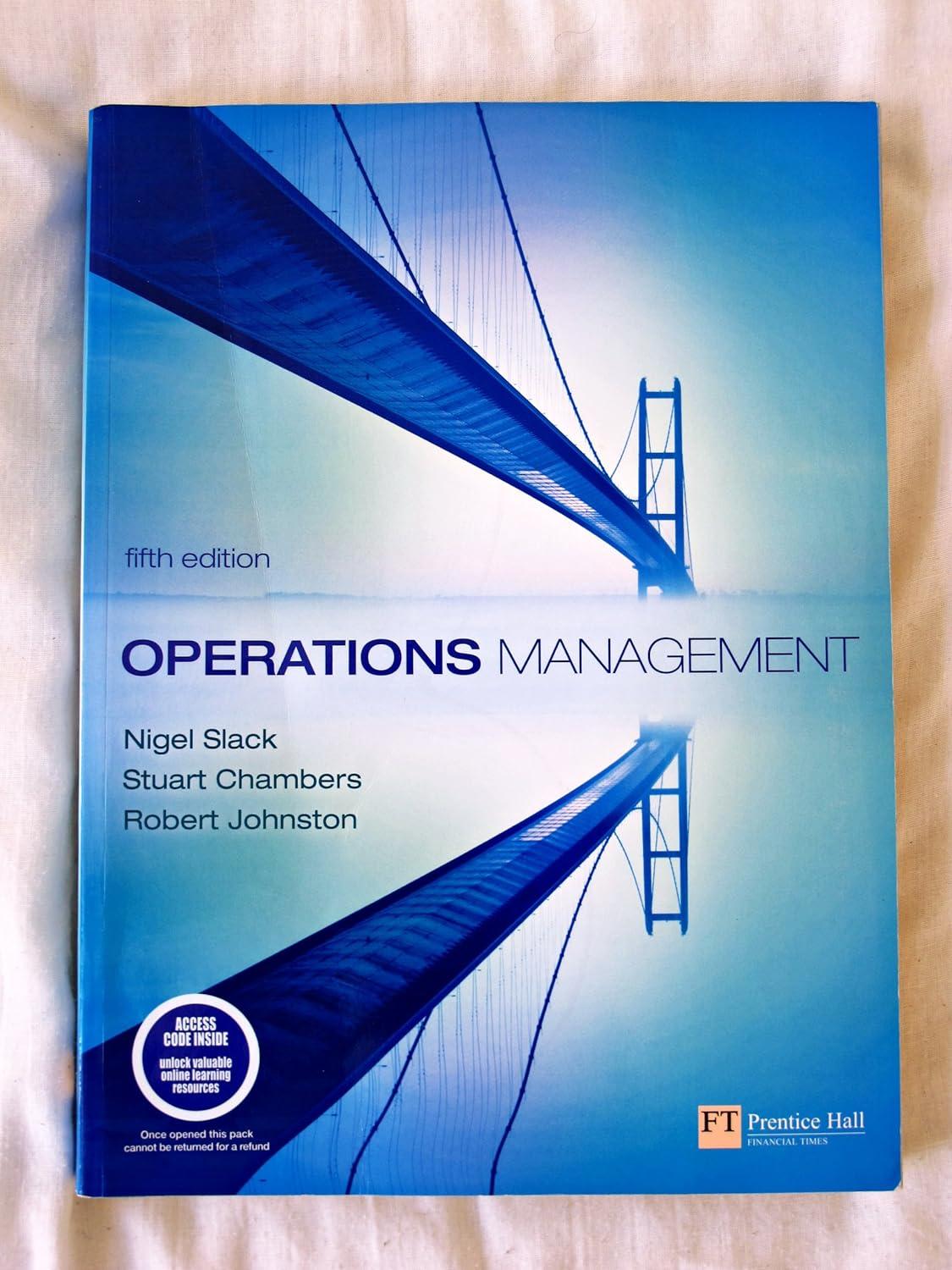At 1.24 in the early hours of Saturday morning on 26 April 1986, the worst accident in
Question:
At 1.24 in the early hours of Saturday morning on 26 April 1986, the worst accident in the history of commercial nuclear power generation occurred. Two explosions in quick succession blew off the 1000-tonne concrete sealing cap of the Chernobyl-4 nuclear reactor. Molten core fragments showered down on the immediate area and fission products were released into the atmosphere. The accident cost probably hundreds of lives and contaminated vast areas of land in the Ukraine.
Many reasons probably contributed to the disaster.
Certainly the design of the reactor was not new - around 30 years old at the time of the accident - and had been conceived before the days of sophisticated computer-controlled safety systems. Because of this, the reactor's emergency-handling procedures relied heavily on the skill of the operators. This type of reactor also had a tendency to run 'out of control' when operated at low power. For this reason, the operating procedures for the reactor strictly prohibited it being operated below 20 per cent of its maximum power. It was mainly a combination of circumstance and human error which caused the failure, however.
Ironically, the events which led up to the disaster were designed to make the reactor safer. Tests, devised by a specialist team of engineers, were being carried out to evaluate whether the emergency core cooling system (ECCS) could be operated during the 'free-wheeling' rundown of the turbine generator should an off-site power failure occur. Although this safety device had been tested before, it had not worked satisfactorily and new tests of the modified device were to be carried out with the reactor operating at reduced power throughout the test period.
The tests were scheduled for the afternoon of Friday 25 April 1986 and the plant power reduction began at 1.00 pm. However, just after 2.00 pm, when the reactor was operating at about half its full power, the Kiev controller requested that the reactor should continue supplying the grid with electricity. In fact, it was not released from the grid until 11.10 that night. The reactor was due to be shut down for its annual maintenance on the following Tuesday and the Kiev controller's request had in effect shrunk the
'window of opportunity' available for the tests.
The following is a chronological account of the hours up to the disaster, together with an analysis by James Reason, which was published in the Bulletin of the British Psychological Society the following year. Significant operator actions are italicized. These are of two kinds: errors (indicated by an 'E') and procedural violations (marked with a 'V').
25 April 1986
1.00 pm Power reduction started with the intention of achieving 25 per cent power for test conditions.
2.00 pm ECCS disconnected from primary circuit. (This was part of the test plan.)
2.05 pm Kiev controller asked the unit to continue supplying grid. The ECCS was not reconnected (V). (This particular violation is not thought to have contributed materially to the disaster, but it is indicative of a lax attitude on the part of the operators towards the observance of safety procedures.)
11.10 pm The unit was released from the grid and continued power reduction to achieve the 25 per cent power level planned for the test programme.

Questions
1. What were the root causes which contributed to the ultimate failure?
2. How could failure planning have helped prevent the disaster?
Step by Step Answer:

Operations Management
ISBN: 9780273708476
5th Edition
Authors: Nigel Slack, Stuart Chambers, Robert Johnston





